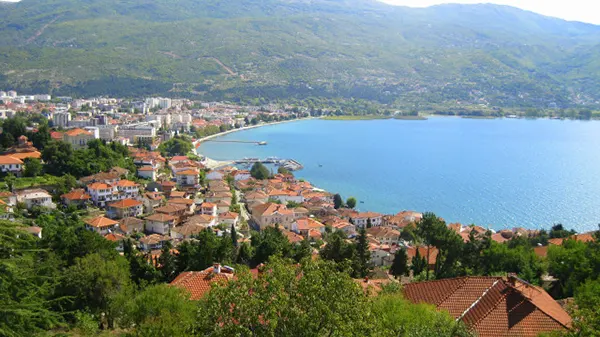
The Great Wall of China: Hidden Routes and Lesser-Known Sections
The Great Wall of China is one of the most iconic landmarks in the world. While the most famous sections, such as Badaling and Mutianyu, attract millions of visitors each year, the wall has numerous hidden routes and lesser-known sections that offer a more authentic and less crowded experience. This article explores these undiscovered paths, their historical significance, and recent archaeological findings.
Unexplored Sections of the Great Wall
Many visitors only see the well-maintained parts of the Great Wall, but beyond the tourist hubs, there are stretches that remain untouched by modern restorations. These sections provide a glimpse into the wall’s original state, showcasing centuries of history.
The Jiankou section is one of the most rugged and breathtaking parts of the wall. Located about 100 kilometres from Beijing, this section is known for its steep inclines and wild, crumbling pathways. Unlike the well-paved routes of Badaling, Jiankou remains an untouched relic of the past.
Another hidden gem is the Gubeikou section. This part of the wall has remained largely unaltered since the Ming Dynasty, allowing visitors to experience the wall as it was centuries ago. It is one of the best places to witness authentic ancient fortifications and defensive structures.
The Hidden Dangers and Preservation Efforts
Exploring these lesser-known sections comes with challenges. Many parts of the wall are in poor condition due to erosion and lack of maintenance, making some areas dangerous for hikers. Local authorities and conservationists are working to preserve these sections while maintaining their authenticity.
One major issue is the illegal removal of bricks and stones by local residents for use in construction. To combat this, stricter regulations have been introduced, alongside awareness campaigns to educate the public on the importance of preservation.
Despite these efforts, some parts of the wall continue to deteriorate due to natural weathering. Conservation teams use drone technology and AI-driven mapping to assess damage and develop targeted restoration strategies without compromising historical accuracy.
Lesser-Known Historical Facts
While the Great Wall is often associated with military defence, its history goes beyond battles and invasions. Some sections of the wall served as trade routes, connecting ancient Chinese cities with merchants from Central Asia.
One lesser-known fact is that the wall was not built in a single effort but evolved over several dynasties. The oldest sections date back to the 7th century BC, while the most well-known parts were constructed during the Ming Dynasty (1368–1644).
There are also hidden tunnels and secret passages within the wall. Some of these underground networks were used for quick escapes during attacks, while others served as storage facilities for supplies and weapons.
Recent Archaeological Discoveries
In recent years, archaeologists have uncovered new insights into the construction and function of the Great Wall. In 2023, researchers discovered a previously unknown section buried under the sands of Inner Mongolia, providing evidence of ancient defensive strategies.
Another significant finding was the identification of previously unrecorded beacon towers in remote regions. These structures, used for communication and signalling enemy movements, highlight the sophisticated military strategies of ancient China.
Modern scanning technology has also revealed inscriptions on some wall sections, offering clues about the labourers who built them. These findings have deepened our understanding of the social and economic impact of the Great Wall on Chinese civilisation.

How to Visit These Hidden Sections
For adventurous travellers looking to explore the lesser-known parts of the Great Wall, careful planning is essential. Unlike the well-maintained tourist areas, these sections require a certain level of physical fitness and preparation.
Hiring a local guide is highly recommended, as some areas are difficult to navigate without proper knowledge of the terrain. Many of these sections are located in remote areas with limited transport options, so arranging transportation in advance is necessary.
For those interested in contributing to conservation efforts, there are volunteer programmes that allow travellers to help with preservation work while learning more about the wall’s history.
Best Times to Visit
Spring and autumn are the best seasons for visiting the Great Wall’s hidden sections. The moderate weather makes hiking more enjoyable, and the surrounding landscapes are particularly stunning during these times.
Summer can be challenging due to high temperatures and overgrown vegetation that may obscure paths. Winter offers a unique experience, with snow-covered walls creating a breathtaking scene, but it also poses risks due to icy conditions.
Regardless of the season, it is crucial to come prepared with proper hiking gear, sufficient water, and a clear itinerary to ensure a safe and rewarding visit.
Popular articles
-
Ohrid, North Macedonia — A Timel...
Ohrid is one of the oldest …

-
The biggest and most famous casinos
In recent times, fans of the …

-
Gambling tourism in Europe
Casinos have existed for many years, …

